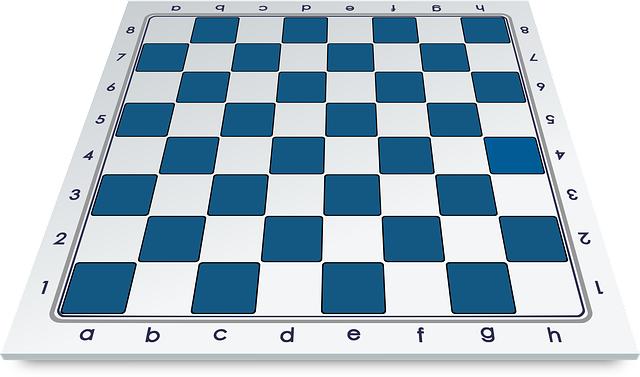Anyone who works strategically and is a talented and trained poker player often only needs minimal luck to win the game. The following article introduces some poker strategies for beginners and advanced players.
Poker strategies for beginners and advanced players
Basically, you should remember two fundamentally different strategies for both live and online poker when you start playing poker: tight play and lose the play.
Tight Play, Loose Play – Learn the Difference!
If you choose tight play as your game strategy, you are actually only betting when you have a really good hand. And then you may be playing relatively aggressively and betting a lot of money. On the other hand, in loose play you play a lot of hands: good, not so good, and almost bad.
Experts recommend beginners to try a tight play at the beginning and to switch to loose play as the number of players at a table decreases. In order not to be too predictable, you should combine both strategies as soon as possible, i.e. play alternately one way and one way.
Learn to assess your opponents
Those who evaluate their opponents well in poker increase the chances of successful games. Therefore try to get to know the behavior of your fellow players and their temperament as well as possible.
In online poker, this sometimes only works through your gaming behavior. But that can also tell you a lot. If a cautious tight player bets a higher amount, he is almost certain to have a good hand.
In addition, the following applies: You are much more likely to scare cautious players with a bluff than aggressive opponents. So adapt your game to suit your fellow players.
When you play live or online at sites like Sun City (선시티), you get a lot more information about your opponents. Of course, facial expressions can reveal a lot to you, but sometimes it is the hands in poker that reveal the most through body language.
At least this is supported by a study by Tufts University, located in the greater Boston area (USA). But … please don’t overestimate yourself. Sometimes beginners are all too quick to think that they can read the behavior and body language of other players like a book. Usually, they are wrong.
Multiple tables are not for beginners
In online poker, players can play at multiple tables at the same time, and some experienced players do just that quite successfully. Unfortunately, beginners also try this strategy and fail regularly.
At first, there is so much to learn that being present at a single table challenges you completely and every additional table overwhelms you. Only when you have the feeling that you have at least halfway mastered the game and are able to play strategically should you consider playing at several tables at the same time.
In general, it is almost always true for beginners: less is more (and better)! Therefore, initially reduce the information to be processed during the game. For example, choose games with relatively few players. This makes the previously recommended assessment of your opponents easier for you.
In addition, it is best to stick to one variant of poker in the beginning. If you ignore the basic rules for good poker, strategies for Texas Hold’em, for example, differ from those for Seven Card Stud. So first get to know one variant really well and not two or three a little bit.
Read also: Setting Your Path For Gambling Success
Take your position into account when playing
Your position at the poker table often plays a big role when it comes to making strategic decisions. Basically, for example, the positions at a Texas Holdem table are divided into the front, middle and rear positions, with each position being occupied by several players.
While you are prompted to sit in the front position at an early stage, you are only at the end of the position in the back. In the back positions, you can therefore take into account the betting behavior of your fellow players in your own game much better.
Anyone who sits in a front position should, therefore – especially as a beginner – opt for a fold (exit) from the current round of a starting hand with mediocre chances.
Of course, you should almost always play a starting hand with two aces in the front position. For a couple with two threesomes, however, you should consider this.
Go to the limit but never further!
This is not a game strategy to improve your game, but a strategy to keep the game a game. As mentioned at the beginning, poker is a game of chance. You can win a lot of money, but even as an experienced player you can have a bad phase and lose a lot.
Therefore, determine the maximum amount of money you want to spend on poker. The stake is always without poker winnings, as it is a game of chance.
If you play poker regularly, you should think about how much of your monthly income you can “gamble away” without causing financial damage. You can push this limit if you want but never go beyond it.
Even within a game, it can make sense to go to a limit. In a bad phase, if you have a good starting hand, you should go all-in from time to time, i.e. bet all the remaining chips.
If you win the game round, you have doubled your budget, which can act as a break in the air. If you lose, you say goodbye and should take a break.
This is also one of the rules of a good poker strategy: Avoid a “tilt”. What is meant is frustration caused by losses during the game, through which one tends to be careless and make mistakes.

